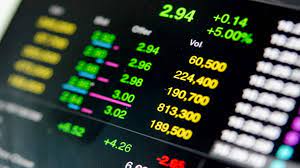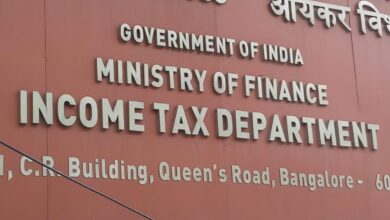It’s time for the stock market! What Is NIFTY After Reaching the Historical 20k Mark?
The major equity indexes maintained their upward trend in Tuesday’s early trading, rising for the eighth straight day, with the Nifty reaching a new all-time high. The strong rise in equity in initial agreements was also aided by a generally robust trend in global markets and recent foreign capital inflows.
In today’s early session, the 30-share BSE Sensex increased by 412.02 points to 67,539.10. The Nifty increased 114 points to reach an all-time high of 20,110.35.
As strong purchasing by domestic investors helped equities markets extend the winning streak to a seventh consecutive day, the benchmark Sensex on Monday soared by 528 points to recapture the 67,000 level and Nifty hit the historic 20,000 barrier for the first time.
In day trading, the Nifty gained 188.2 points or 0.94 percent to reach an all-time high of 20,008.15. The 50-issue barometer finished at 19,996.35, barely shy of the 20,000-point threshold, with advances of 176.40 points or 0.89 percent.
Nifty and the Sensex
Two well-known stock market indicators in India are the Sensex and the Nifty. They provide a glimpse of the state and direction of the economy as well as important benchmarks for gauging the success of the Indian stock market.
The Bombay Stock Exchange (BSE), which manages the Sensex, an abbreviation for “Sensitive Index,” keeps track of the 30 biggest and busiest equities on the market. It serves as a long-standing and frequently used benchmark since it offers insights into the performance of important firms listed on the Indian stock market.
The National Stock Exchange of India (NSE), on the other hand, is in charge of managing the Nifty, sometimes referred to as the Nifty 50, which consists of the 50 biggest and most liquid companies listed on the NSE. The Nifty 50 is renowned for its more comprehensive and varied market representation.
Both indexes use a free-float market capitalization-weighted approach to determine their values, and because of the variety of variables that affect their movements, they are essential resources for numerous stakeholders when determining the general direction of the stock market.
Investors, experts, and financial institutions regularly track the Sensex and Nifty, two key indices of the health of the Indian stock market. These indexes’ movements reflect changes in the values of the stocks that make up its components and are impacted by a number of variables, such as prevailing economic circumstances, business earnings, major world events, and governmental policies.







